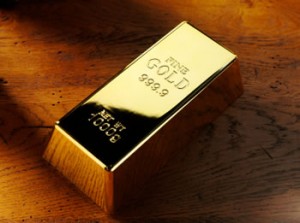
Many people wonder what factors underlie the rapid increase in the gold rate. The most obvious ones are demand by individuals and investors, supplies by mining companies and central banks, traders and speculators and war conditions.
The most common use of gold is as jewelry. This use takes up a large majority of the demand and hence has the largest influence on the price of gold. Countries like China where there were limitations on the possession of gold are now gradually lifting these restrictions. In addition to personal demand, industrial demand also plays a vital role in determining the prices of gold.
Gold is used in the medicinal industry. It is a very popular metal in several industries because of its long lasting shine and resistance to corrosion. The demand for gold has grown directly as a function of the population. The demand for this precious metal has further increased due to markets in the east that are becoming more industrialized.
Central banks and mining companies possess large reserves of gold and hence have some power over the gold prices. In order to increase the prices, these institutions either buy gold or restrict production. On the other hand, gold prices are decreased by selling this metal publicly.
Contrary to popular belief, central banks hold much less gold than believed. Limitations on the sale of gold by some institutions, also plays a major role in the increase in its prices. In addition to influencing the gold rate through buying and selling, central banks can also achieve the same purpose by changing the interest rates. If they increase the interest rate, gold becomes a relatively less profitable investment as it does not yield much interest.
The price of gold is also affected by speculation and trading, much similar to other products. Gold is the perfect safe measure against inflation and devaluation of domestic currencies. If the currency devalues, the price of gold will rise, hence providing a cushioning effect. These are speculations by investors of the change in factors that will result in fluctuations in the gold rate.
Another factor influencing the gold rate is wars and national emergencies. During war times, people would like to invest in gold to protect themselves from the lower incomes and diminishing job opportunities.
Hyperinflation can cause money to completely lose its value, and here gold is the perfect alternative. The gold rate is of immense importance to people in all sectors of the economy.







Leave a Reply